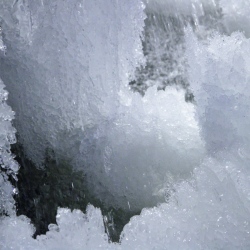
Carl Sagan once mused how we are all made of star stuff, composed of the same minerals that make up the stars. This draws us back to an old question; how did we get here? Science may be coming closer to an answer, on the surface of what was one of last year’s biggest newsmakers, Comet 67P.
Life has long been thought to be the inevitable result of chemistry, amino acids coming to Earth in the form of meteors. In other words, life has been thought to be the result of violent reactions that led to the first drops of water on a sterile planet. In the recent analysis of Comet 67P, which is about the same age as our solar system — it formed some 4.6 billion years ago, is a surprising discovery that may have set planetary scientists and astrobiologists back further than they imagined: molecular oxygen being released from the comet’s tail end. It should have burned out as the solar system began, reacting strongly against the hydrogen present.
Oxygen is a fairly common ingredient in comets, the "dirty snowballs" of space, but it is typically found in the ice, rather than in a gaseous state, remaining stable despite the comet’s positioning from the sun. Therefore, the gas likely precedes the existence of our own solar system. So how did it get there? A model is still in the works, but it seems that the ice from these comets may have broken up into radioactive particles, fueling the tail on its orbit.
It’s more promising, though, that molecular O2 is an important bio-signature, along with the presence of water and methane, both of which are present on 67P. However, molecular O2 is much rarer than the rest: occurring in few known places beyond Earth and the gas giants of our own solar system.
Of course, no life exists on 67P, so the comet is far from an absolute indicator. But it’s likely that the process in which our solar system was formed may have actually been less violent than we thought, it was just a matter of putting together the pieces.
